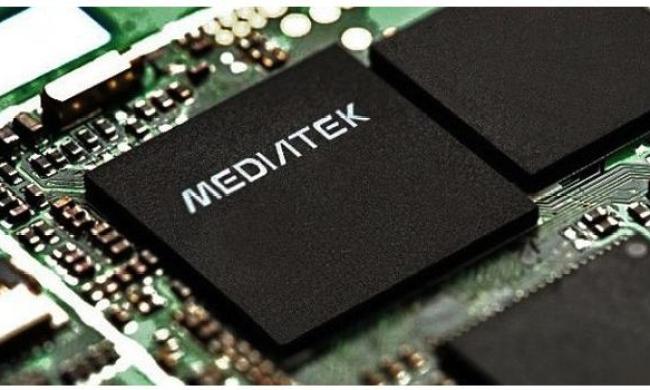Qualcomm may have recently unveiled its 700-series chipsets, but the competition is just heating up. MediaTek is unveiling a new series of chipsets too — the MediaTek Helio A series. It has also announced the first product in the new series — the MediaTek A22.
Like the Qualcomm 700-series, the A-series targets companies building so-called “affordable premium” devices — or devices that aren’t as expensive as flagship phones, but still boast many of the same features. To that end, MediaTek says the “A” stands for “Advanced.”
Under the hood of the MediaTek A22, you’ll find 4 A53 2GHz CPUs, along with an Imagination GE8320 GPU, which isn’t as powerful as what you’ll find in MediaTek’s flagship Helio P series, but should still deliver plenty of power for the price in the phones that this chip will show up in. It’s not all about processing power either — the chip also offers support for dual cameras of up to 13 megapixels + 8 megapixels, or a single camera of up to 21 megapixels. It also supports a display with a resolution of up to 1,600 x 720 — which makes it clear that this chip is targeted toward lower-end handsets.
The A22 offers a top level of connectivity too. It boasts Bluetooth 5.0, along with Cat-7 4G LTE, dual-SIM support, and more. It also supports Google’s Neural Networks API and facial recognition, meaning it should support many of the modern features, such as face unlock, that customers expect on newer phones.
While the MediaTek A-series could compete with the Qualcomm 700-series, for now it seems as though the new series is aimed at being slightly lower-cost. MediaTek says the A-series is really aimed at handsets in the $100 o $250 range, though that will depend on the region. In fact, there’s already one handset slated to include the new chip. It’s the Xiaomi Redmi 6A, which will cost around $100 — though there’s no word yet on whether it’ll be available in the U.S. or not.
It’s likely we’ll see the MediaTek A-series pop on a number of phones over the next year or so, but as is usually the case with MediaTek chips, those phones may be more sold in Asia than in the U.S.



